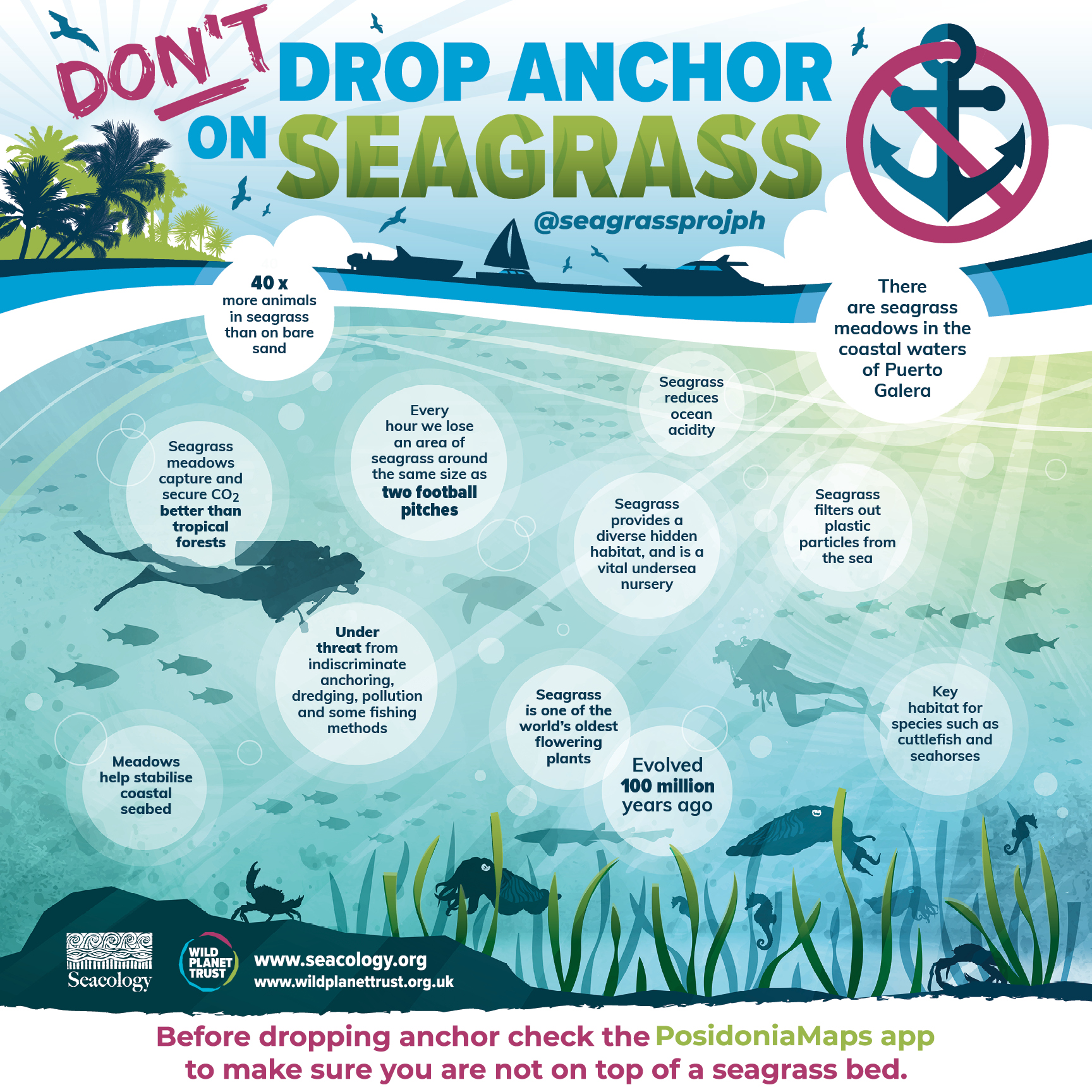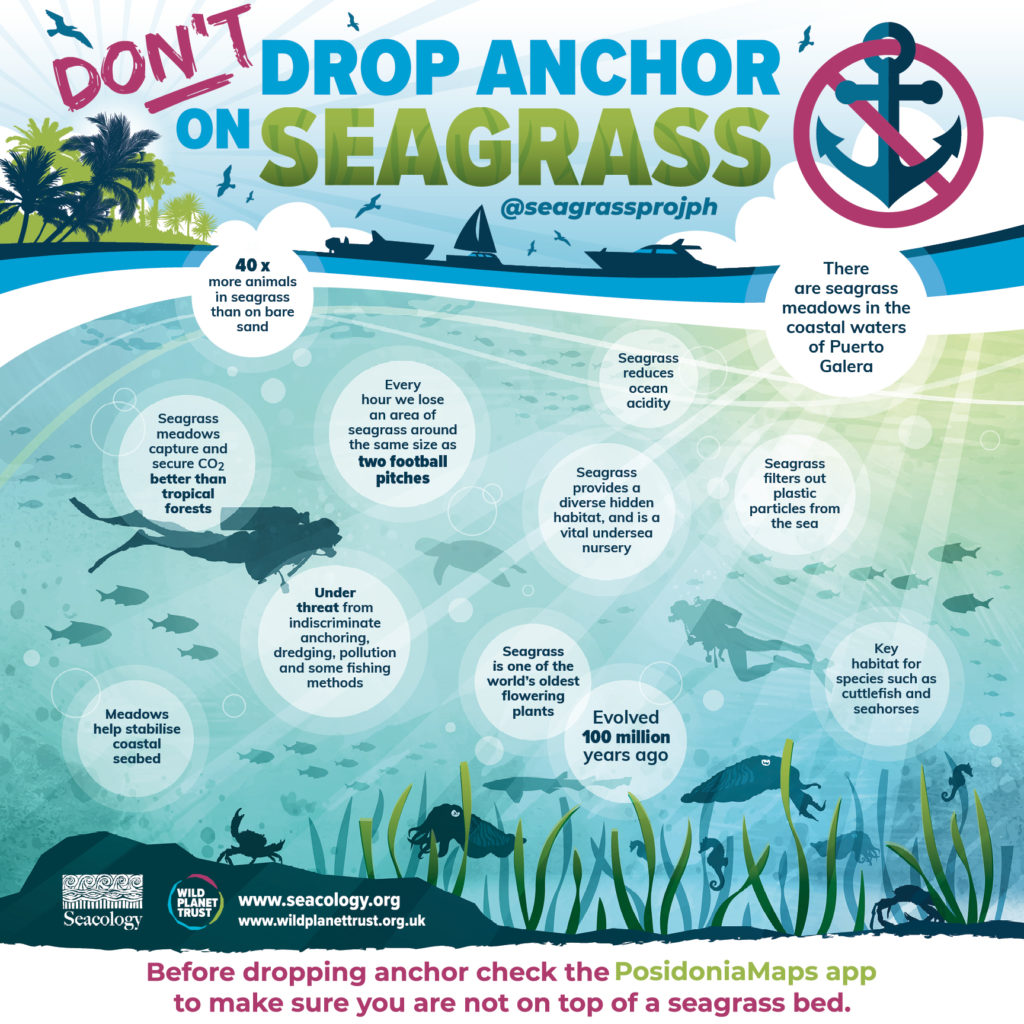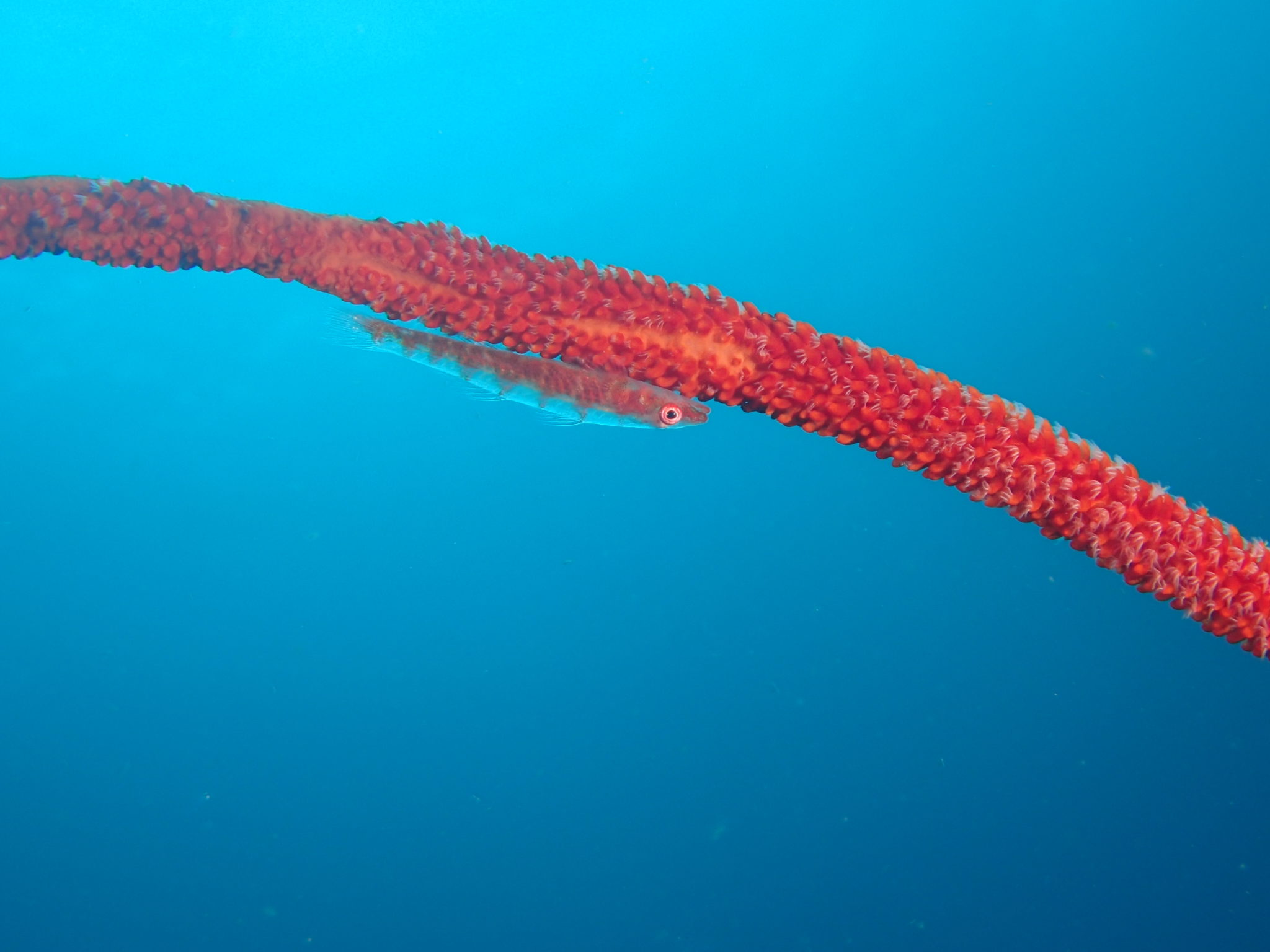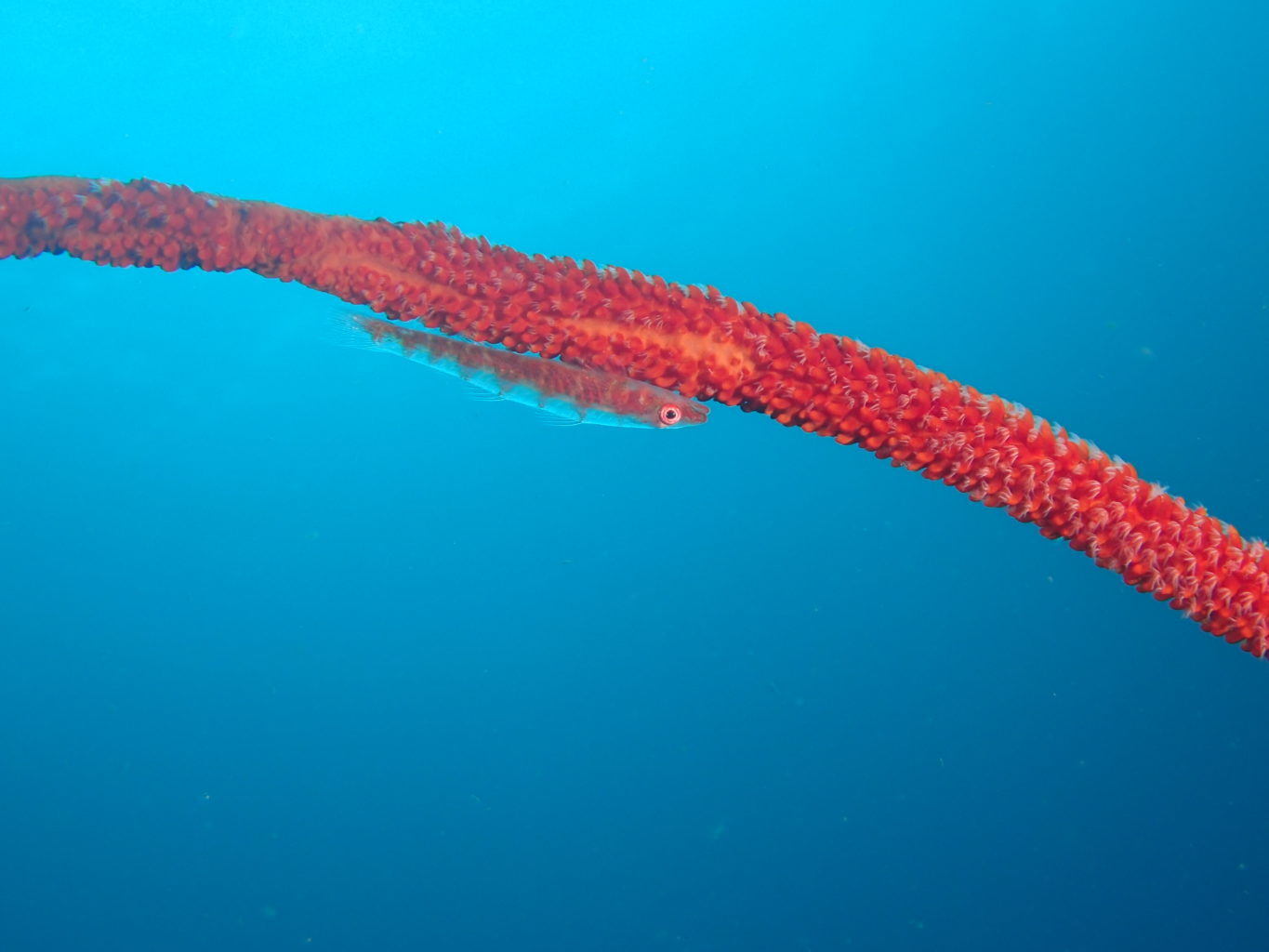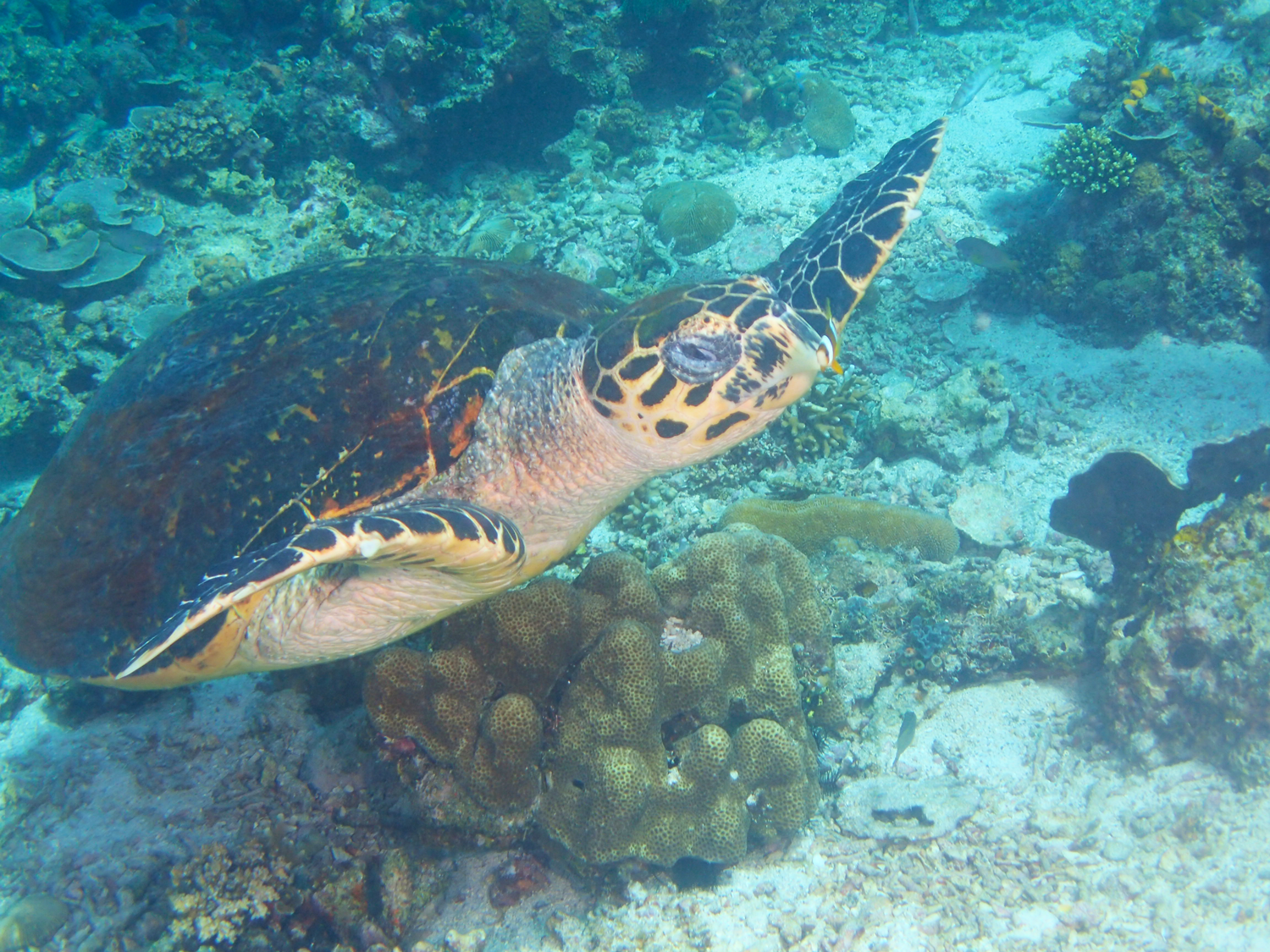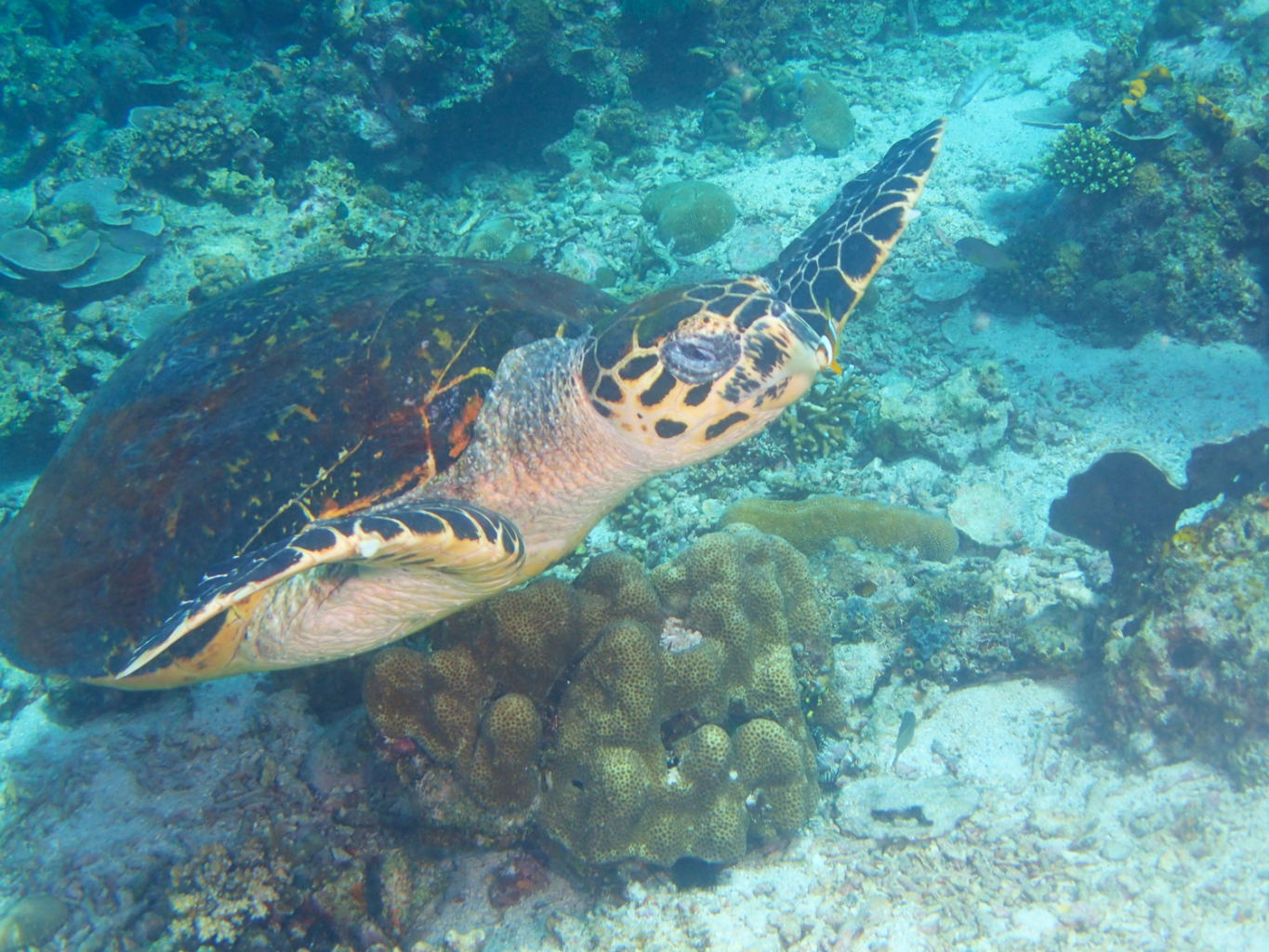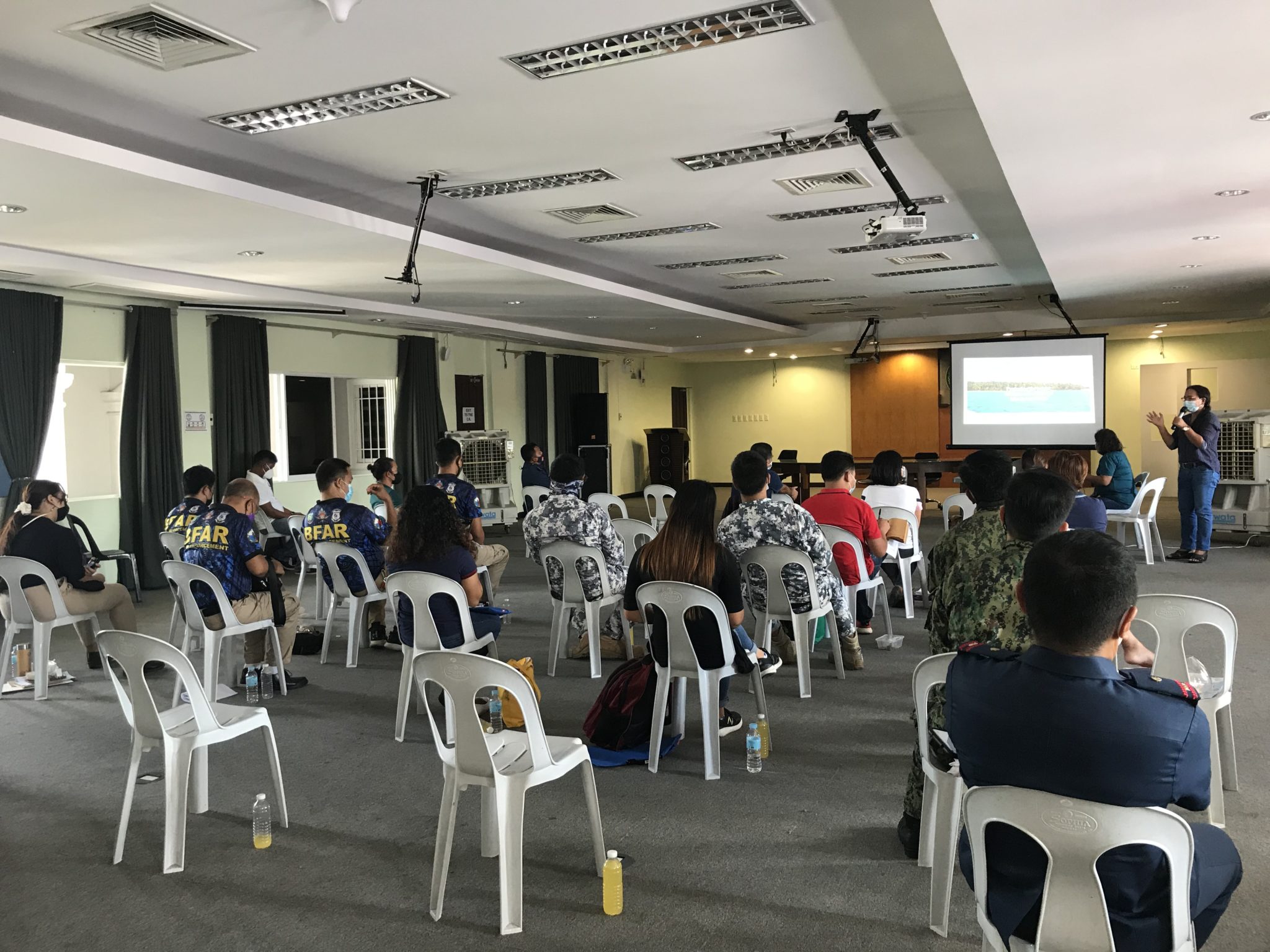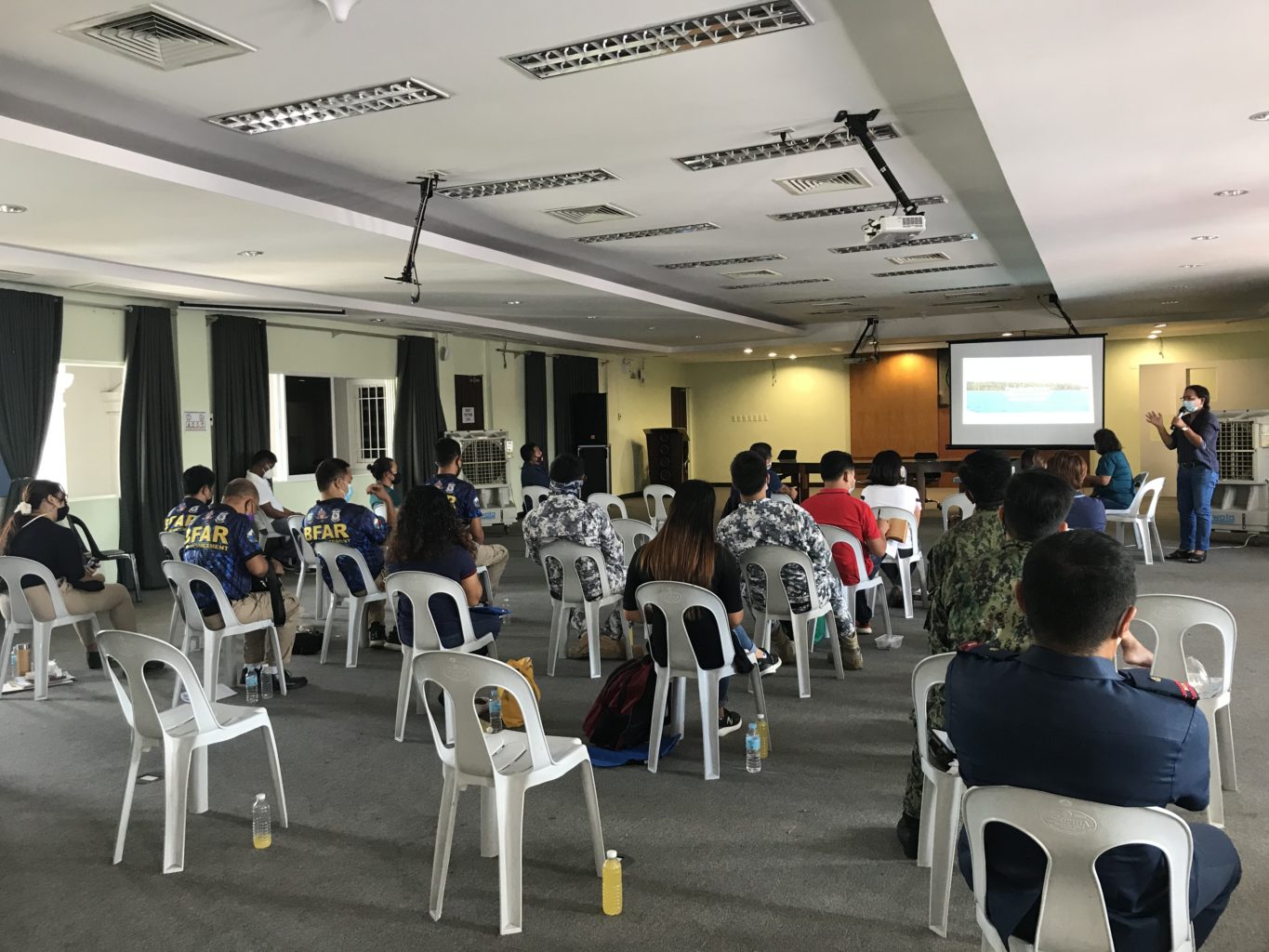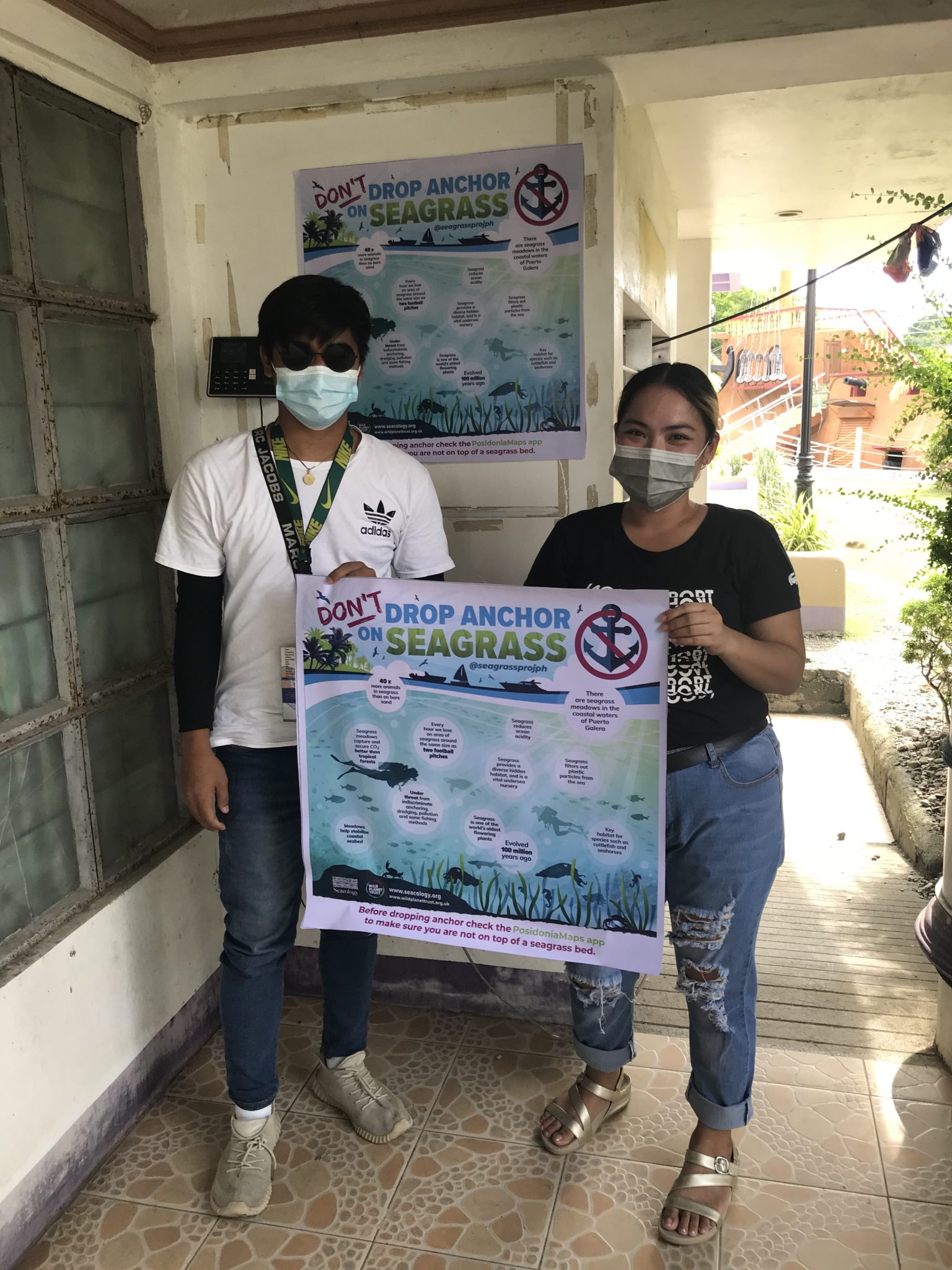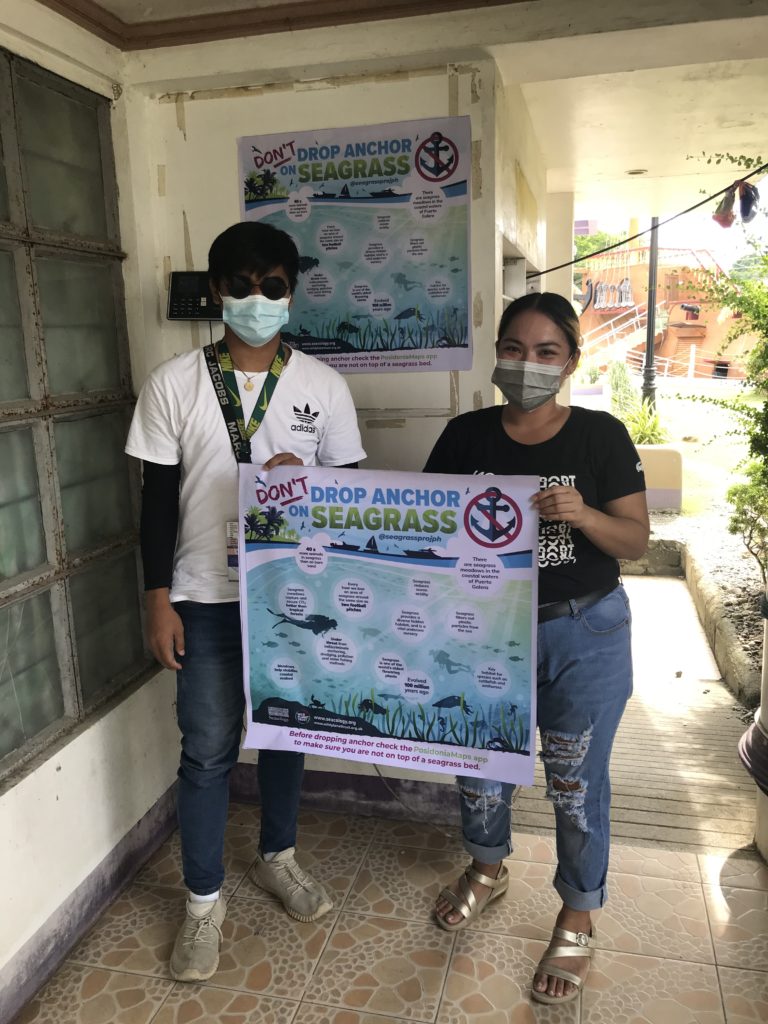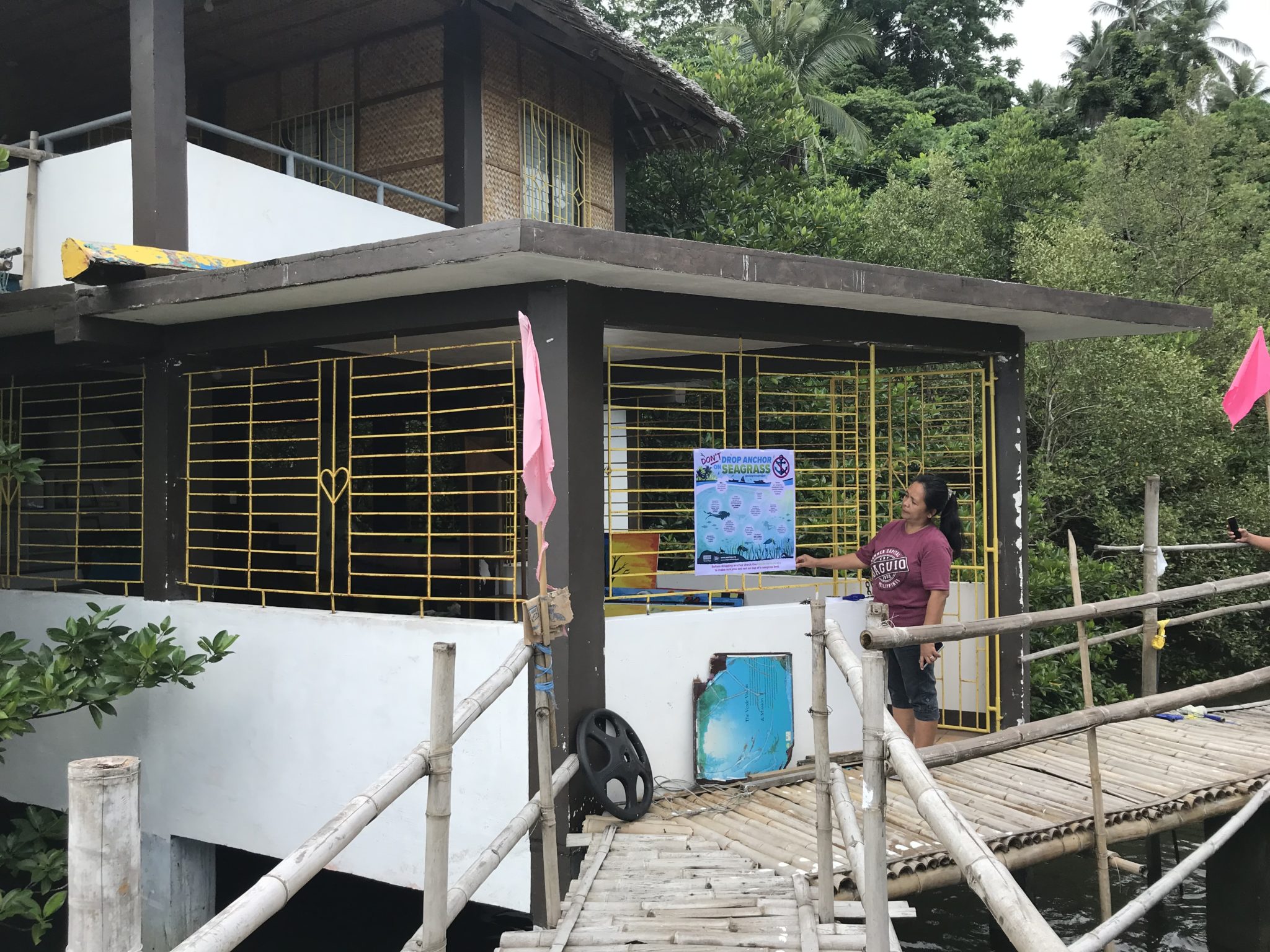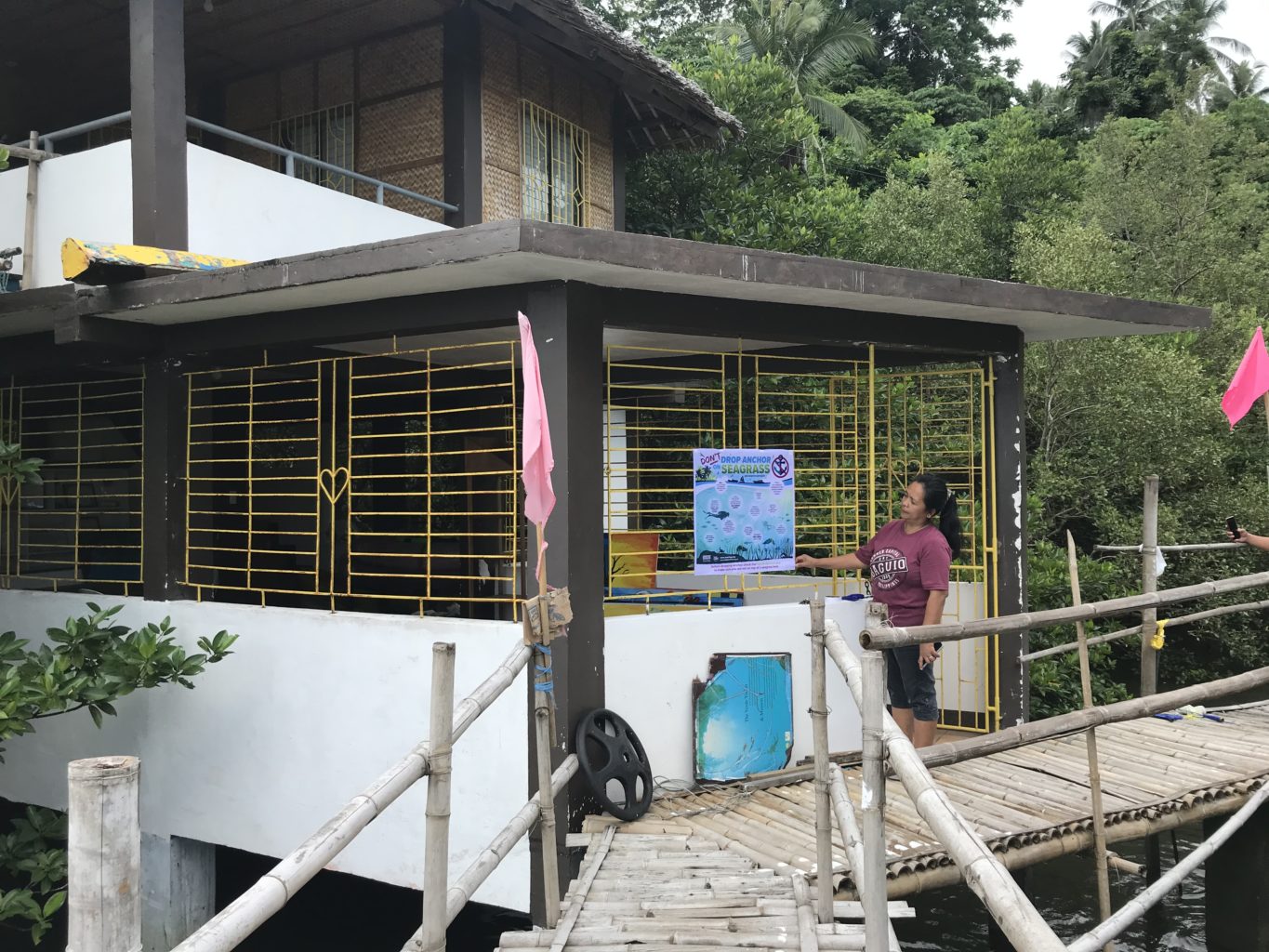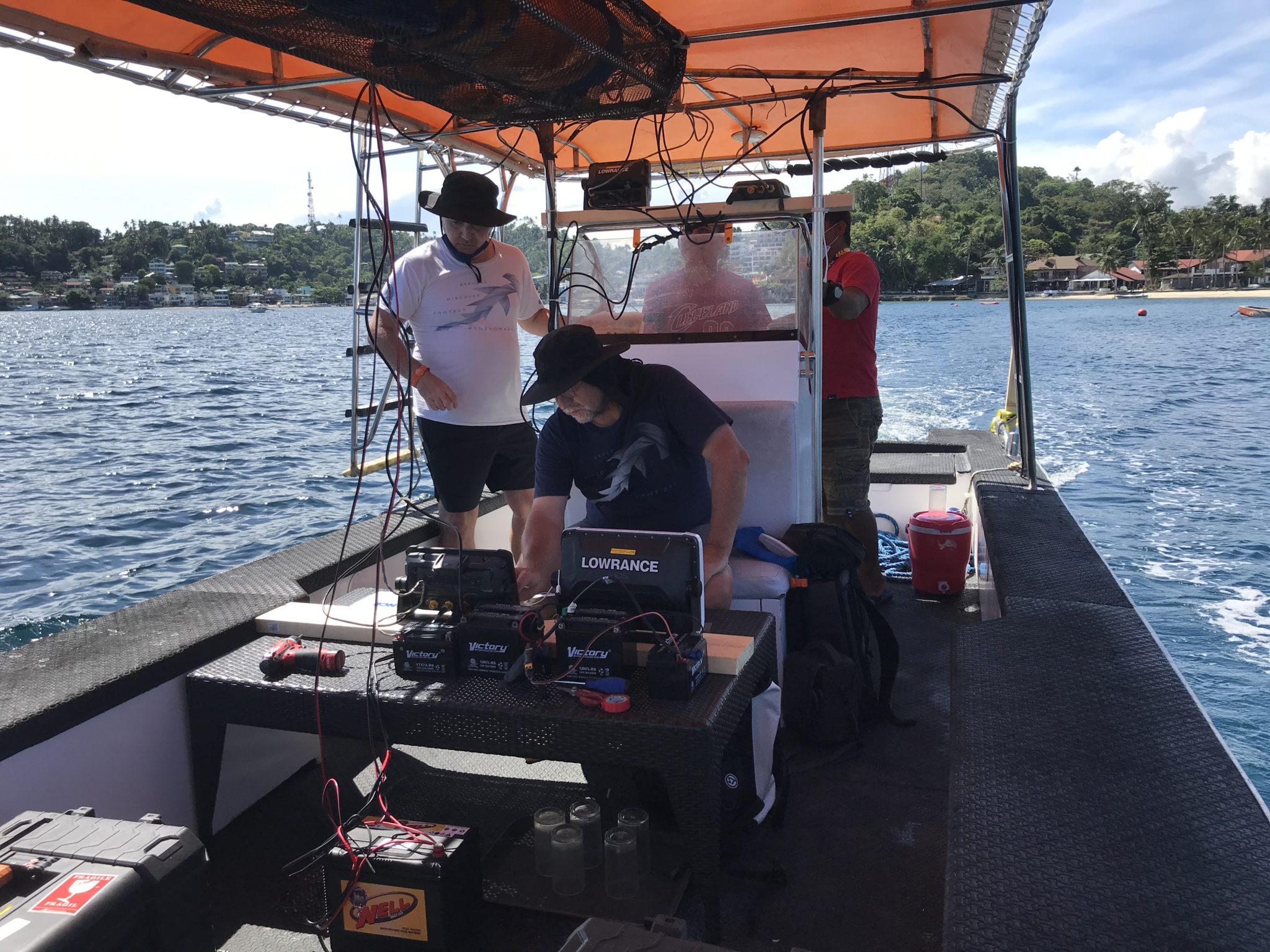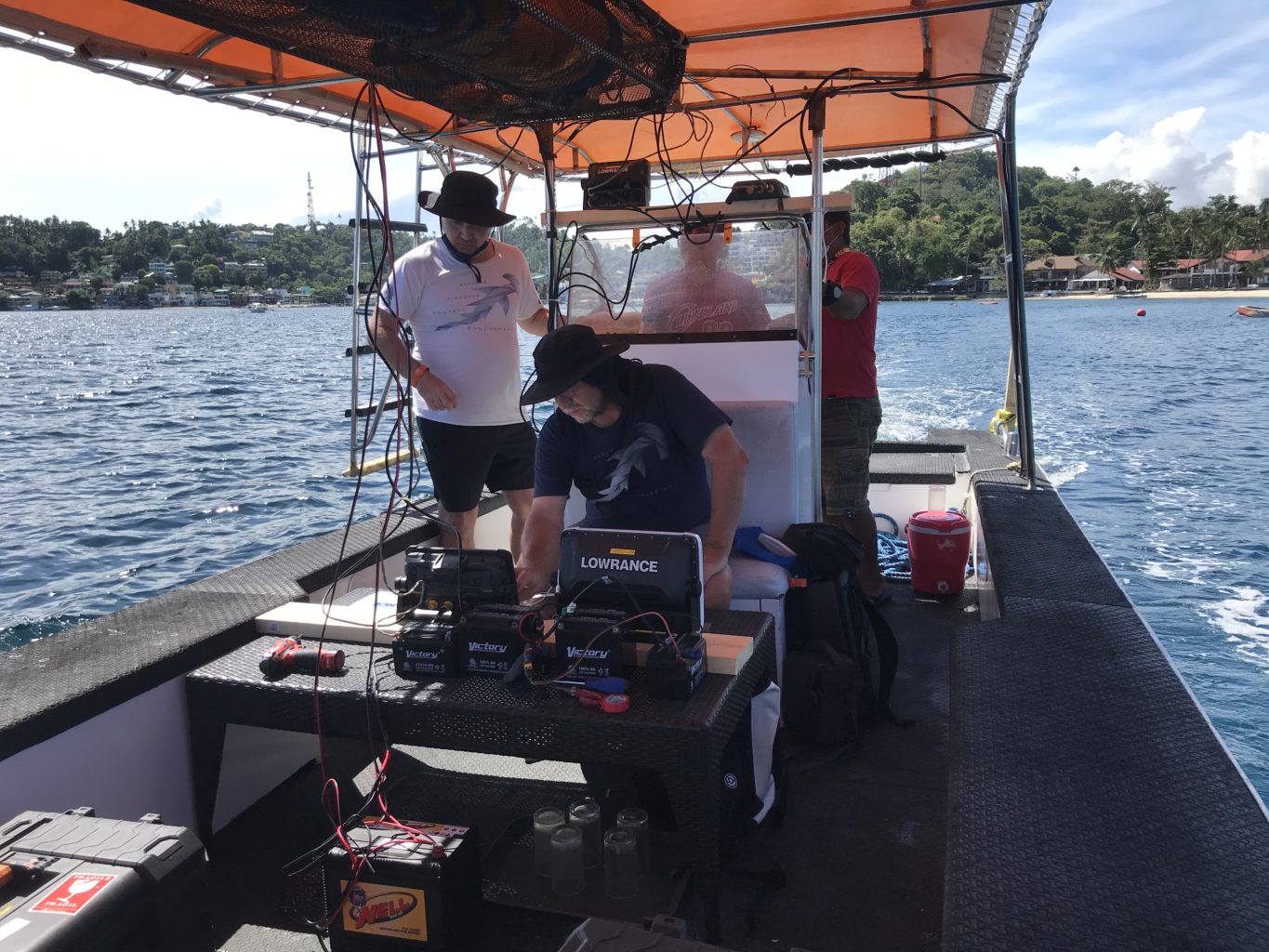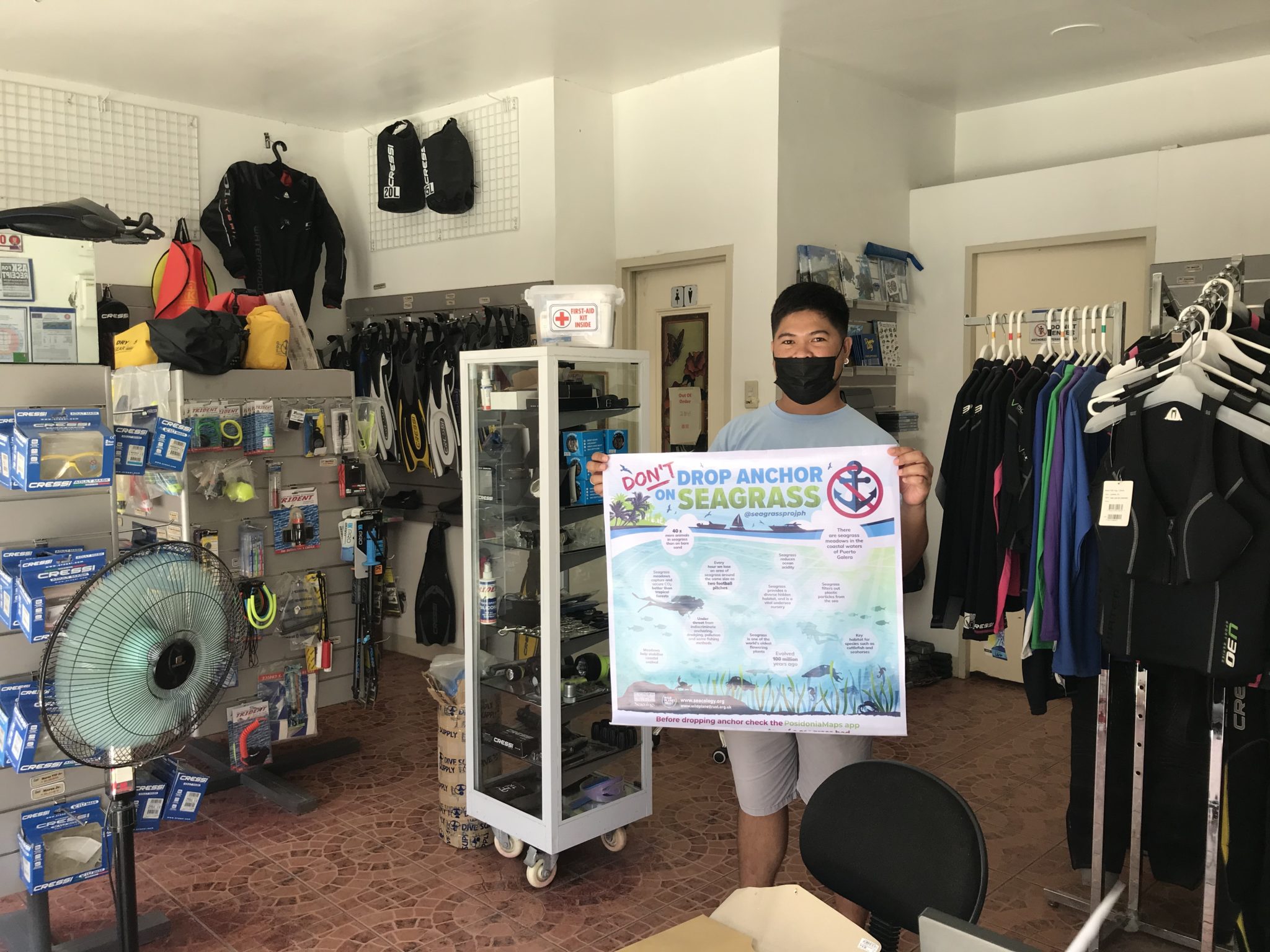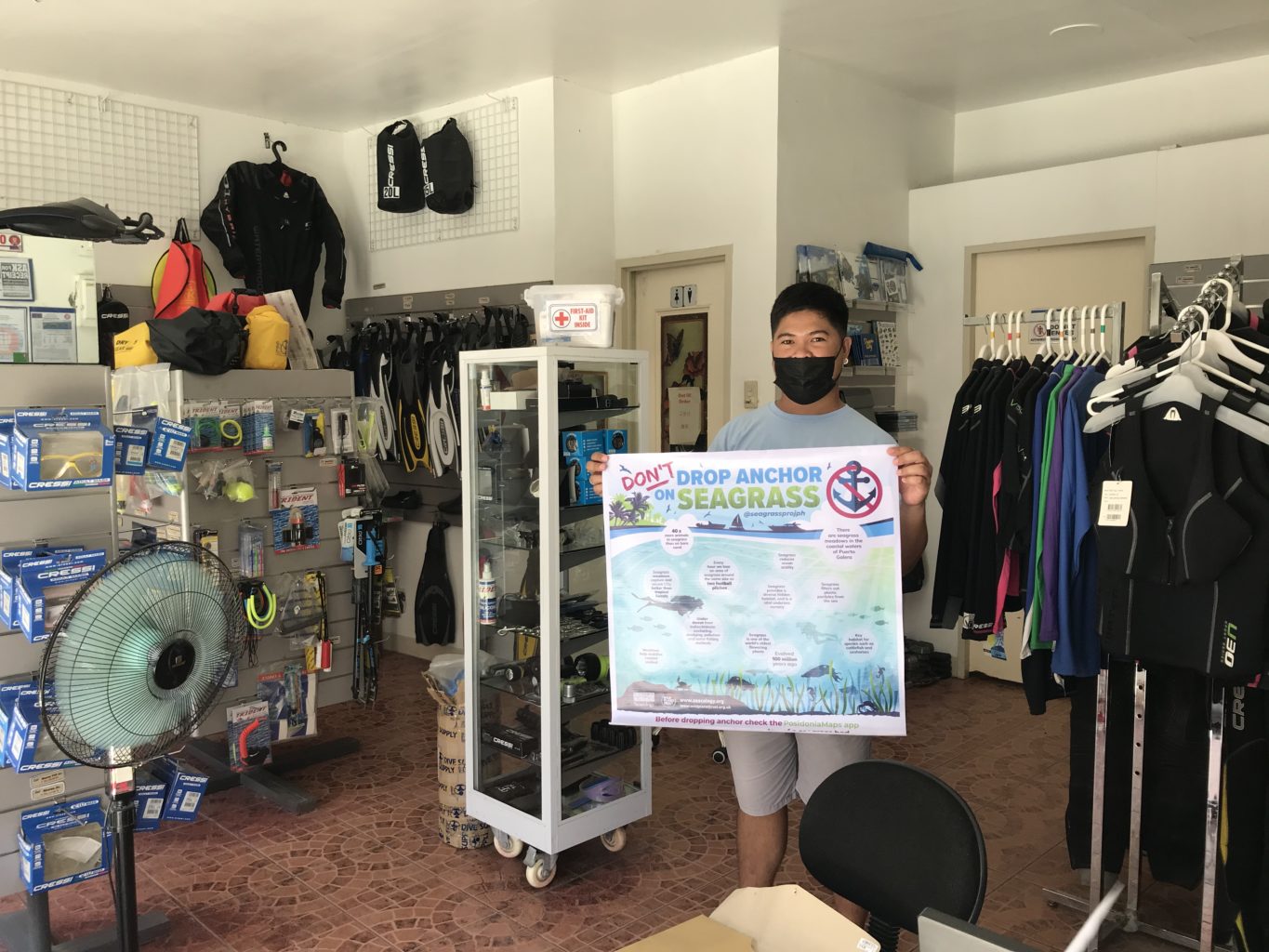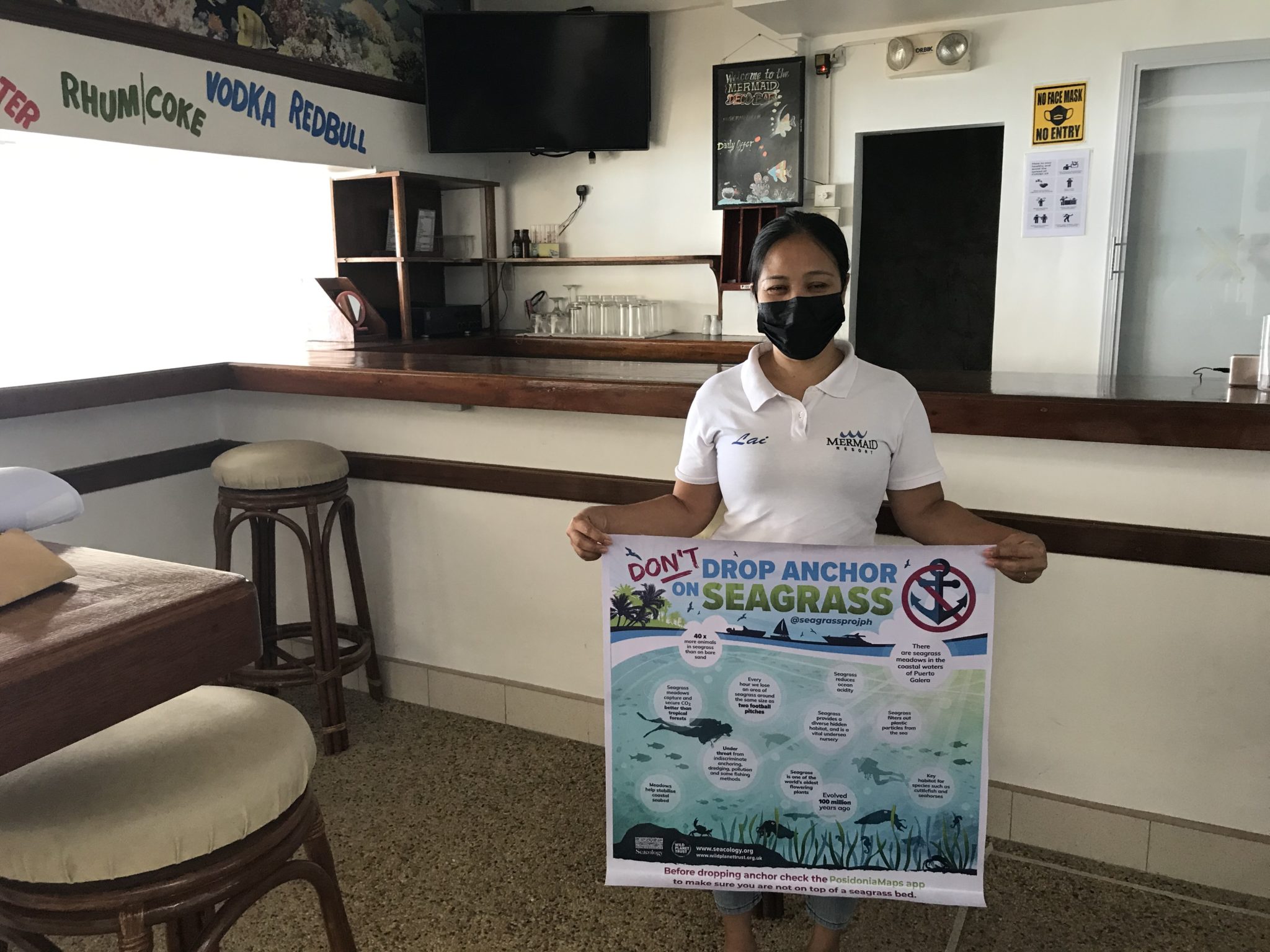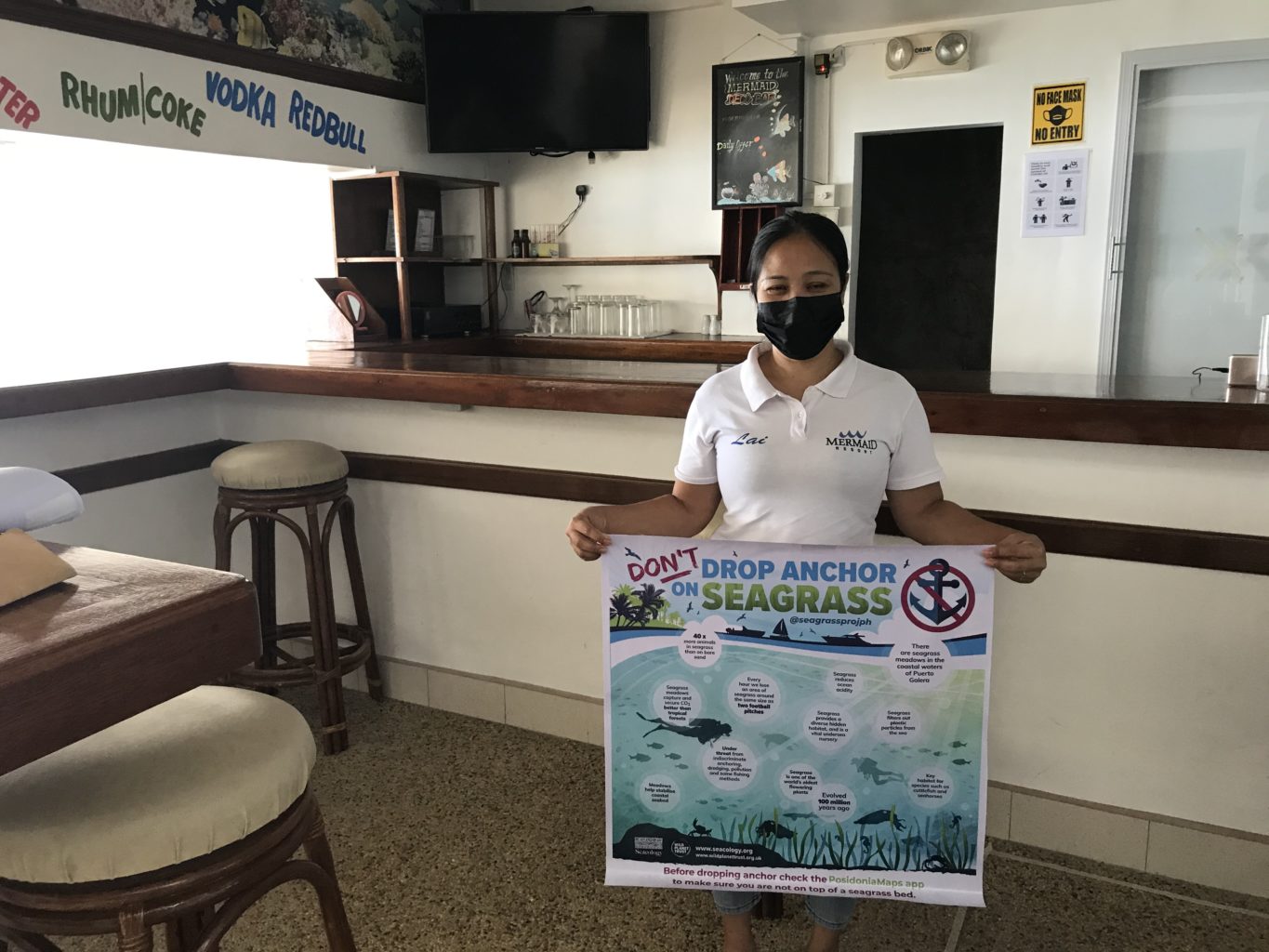This project funds the mapping of seagrass beds near Puerto Galera, an area of rich biodiversity in the Philippines’ famed Verde Island Passage. In just one 2015 expedition, biologists, including Dr. Terry Gosliner of the California Academy of Sciences, found 100 new species there. The Puerto Galera area is home to huge numbers of fish species, whale sharks, sea turtles, and an enormous variety of corals. There are also extensive seagrass beds.
Seagrass provides myriad environmental benefits. It forms the base of complex marine food webs; shelters many fish, crustaceans, and other animals during some part of their life cycle; reduces coastal erosion and storm damage; and improves water quality. Perhaps most important, an acre of seagrass can store about three times as much carbon as an acre of rainforest. But seagrass is rapidly disappearing around the world.
In the Verde Island Passage, a main threat to seagrass comes from boat anchors. There are many boats, carrying snorkelers and divers from around the world, and their anchors tear up the plants. Because seagrasses are so slow-growing, the meadows may not recover for decades, if ever.
A 2020 Seacology project mapped seagrass beds around Formentera Island, in the Mediterranean, and used the data in a free smartphone app that lets boat operators avoid dropping their anchors on seagrass. The mapping data collected here will be added to the app’s database. Soon, boat operators in the Philippines, like those in the Mediterranean, will be able to avoid damaging seagrass beds.
We will promote the free app with posters, media (traditional and social), and outreach to dive operators and boat charter companies. Many tourists, and even many boat operators, don’t realize that seagrass is both critically important and threatened. So we will also stress the importance of seagrass conservation.


